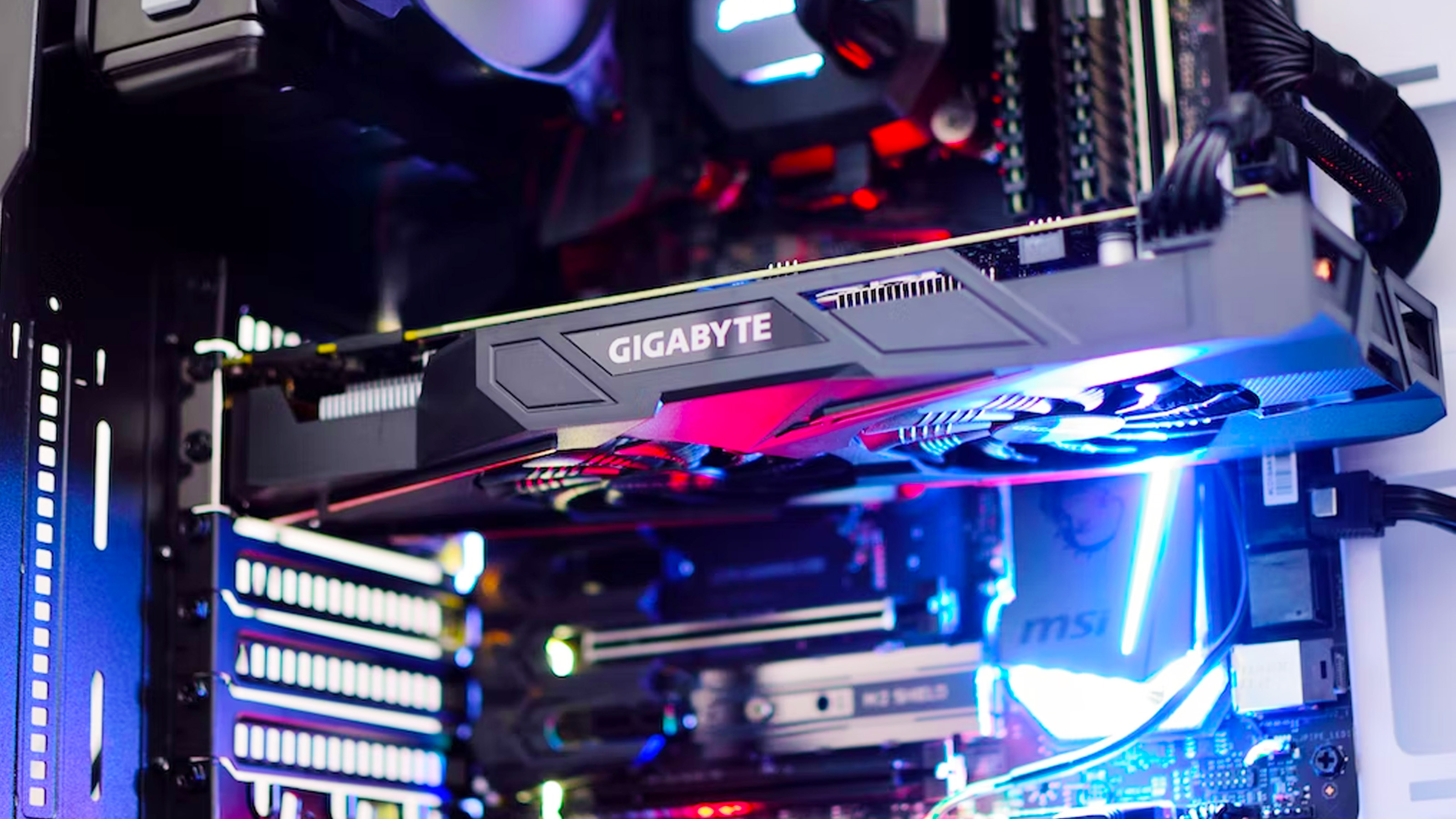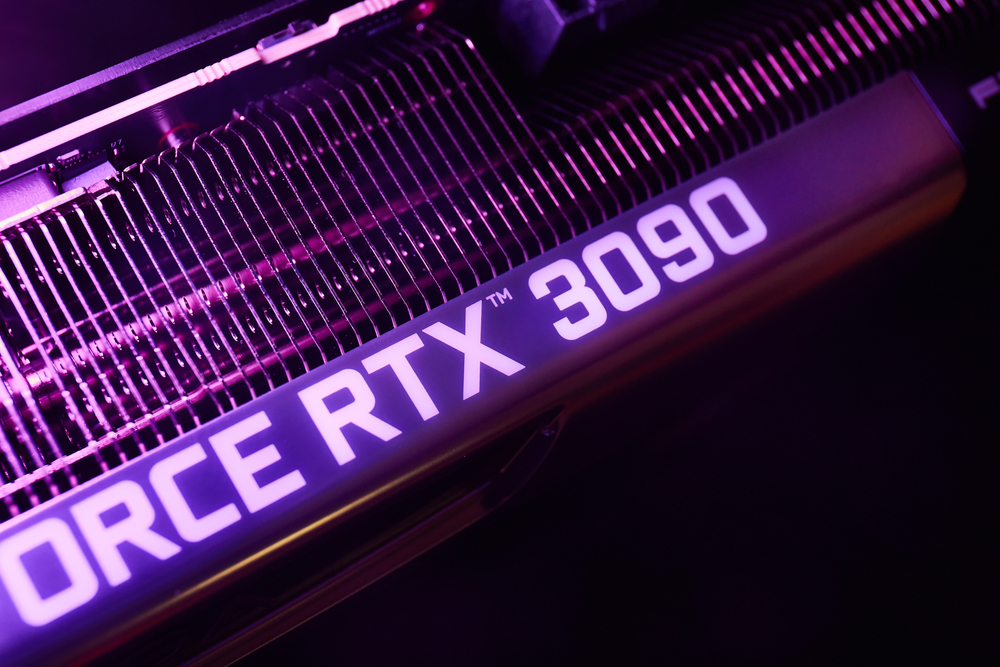Windows 10 is a great operating system, but it can be difficult to determine which graphics card (or graphics adapter) you have installed. This blog will outline the various methods you can use to find out information about your graphics card – from employing system information to running third-party programs.
Furthermore, this blog will teach you how to check your graphics card model and download a third-party program to help you with graphics card information.
So start reading and learning about how to do a graphics card check in Windows 10!
How do I know what graphics card I have windows 10?

Graphics cards are important for gaming and other high-intensity tasks, so it’s important to know which one you have installed on your computer. To find out, open the Start menu and type “graphics” into the search bar. You will then be presented with a list of your installed graphics cards.
If your card isn’t listed, likely, that you don’t have it installed or upgraded yet. If you do have the card installed, follow the instructions provided by Microsoft to install or upgrade it. In the meantime, keep an eye out for graphics cards that are on sale, as they tend to be cheaper than usual.
How to find out graphics card details using System Information?

Graphics card details are important, and it’s easy to find out using System Information. Open the Start menu and type “system information”. On this page, you’ll see all of your hardware information, including your graphics card details.
In the results, look for the section called “System Details.” In this section, you’ll be able to see information like your graphics card model, driver version, manufacturer, and more.
How to Check Your Graphics Card by Opening Your PC?

Graphics card information is available from the System Information app. This app can be accessed by pressing the Windows key + I. Once open, compare your graphics card details to what is shown on your monitor.
Under Display, you will find a list of installed graphics cards. You can also use this information to troubleshoot graphics-related problems or verify that your hardware meets system requirements for gaming and video editing
How to find out graphics card details using Task Manager?

1. Check Your Graphics Card via Task Manager
Under the “Processes” tab, you’ll be able to see a list of every process running on your computer. This is a great place to start if you’re looking for specific information about your graphics cards, like their specifications or performance.
2. Check Your Graphics Card via the Manufacturer Control Panel
From here, you can download updated drivers and try to solve the problem that way. If that doesn’t work, you can take your computer to a local Microsoft retailer for assistance. In the end, it’s always a good idea to check your graphics card via the manufacturer’s control panel before contacting customer support.
How to Check Your Graphics Card Model?

The Graphics card model is important information to know for troubleshooting problems or system performance optimization. If you’re not sure what graphics card model is installed on your computer, follow these simple steps:
- Under the General tab, under Display, you’ll see your graphics card model listed next to the Name of Your Graphics Card (or Driver).
- If for some reason the above two methods don’t work or you just want an older version of the driver, try finding a driver online or through a software program.
- Open Windows Media Player and select File > Playback Settings to open the playback settings window.
- Under PCI Local Bus Controllers, expand the Basic display adapter if it’s not already expanded, and then click Standard VGA Controller.
- Pen Device Manager by clicking Start > Control Panel > System and Security>Hardware And Sound>Device Manager.
Download a Third-Party Program to Check Graphics Card

Graphics card information can be a bit of a mystery for some, so it’s important to have a program that can help you out. Finally, this program will do just that. By downloading and using it, you’ll be able to uninstall any outdated or incompatible drivers for your graphics card. Additionally, you can find out if your graphics card is compatible with Windows 10, and whether it’s up-to-date.
Additionally, the program will show you information about your graphics cards, like their model and manufacturer. So, whether you’re looking for a simple graphics card information checker, or want to know if your graphics card is up-to-date for Windows 10, this program is for you!
How to Install a Graphics Card?
Graphics cards are essential for desktop gaming, video editing, and other graphics-intensive tasks. Before you go ahead and buy one, it’s important to first check your computer’s compatibility. This can be done by visiting the manufacturer’s website or by checking the product packaging.
Once you know your device is compatible, make sure to configure your graphics settings and enjoy stunning visuals! Don’t worry – installing a graphics card is a straightforward task that will be done in no time. So, make the most of your desktop and get ready to gaming like a pro!
Frequently Asked Questions
Is there anything else that can be done to improve performance on my computer?
Yes, there are a few things that can be done to improve performance on a computer. One of the most common changes is to clean up the system by deleting unused files and folders. Another change is to optimize the computer by removing unnecessary programs and background processes.
What is the difference between a graphics card and a video card?
A video card is a specialized device used in video processing, gaming, and other graphics-intensive activities. A graphics card, typically found inside of a desktop computer, is designed to improve graphical performance.
Do you have any tips for running multiple programs at once on my computer without slowing it down?
There are a few different ways to run multiple programs at once on your computer without slowing it down. One option is to start a new program in window mode, rather than fullscreen. This will minimize the number of programs running at once on your computer and should slow it down only slightly. Another option is to use desktop tabbing, which allows you to have multiple windows open on your screen at the same time. This option can be more difficult to use, but should also limit the number of programs running at once on your computer.


